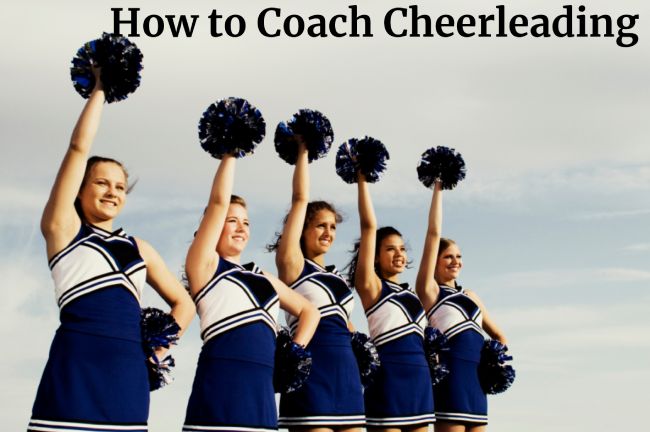Coaches who are new to cheerleading may wonder how to coach cheerleading. First-time coaches can find organizing tryouts, setting up practice schedules, and creating cheers overwhelming. You can keep yourself on track by using some tried and true checklists. You will add to and subtract from these lists as you gain experience.
How to Coach Cheerleading: Helpful Checklists
Organizing yourself is one of the most important aspects of coaching. A coach who does not provide important information such as upcoming practices or game times will frustrate parents and cheerleaders quickly. Make sure you don’t miss anything by using checklists.
Before Tryouts
You will also be responsible for organizing the actual tryout practices and tryouts if you are chosen to coach before tryouts. You may or may not have a say in how the cheerleaders are chosen for your squad, depending on the school or gym you coach. It is a good time to show cheerleaders and parents you are organized and on top of things.
Since there is not much of an age difference between teen girls and cheer coaches, it can be a challenge to coach them. It is possible to have problems with respect. Establishing expectations and responsibilities up front is vital.
- Create the tryout cheer and be familiar with it. If there are any senior cheerleaders graduating off the squad, you may be able to get their assistance. It is important for girls who are trying out not to learn the cheer before other girls.
- Make a list of skills that the girls will need for tryouts, unless the school already has a tryout system in place. You should tell the girls how many points each skill is worth. Other coaches have included references from teachers, performing the tryout cheer, performing a jump of choice, and performing stunts. A panel of judges may even conduct personal interviews during some tryouts.
- You can choose the judges. Some schools allow you to choose your own squad members, but this is probably not a good idea unless you intend to take every girl who applies. Having a panel of at least three impartial judges will help ensure no talent is overlooked accidentally and that judging is fair.
- Attend tryout practices with at least one other unrelated person. Protect yourself from bias or unprofessional accusations by having at least one other person assist you.
- Determine how many days and what time tryouts will be held. Make sure your superiors approve the planned times and days. Flyers should be distributed at least one week before the events. If for a school cheer squad, try to get the tryouts mentioned during announcements as well.

First Practice
The first practice can set the tone for the entire cheer season. Don’t underestimate the amount of material you’ll need. To help you, here is a checklist:
- Prepare a schedule of practices to hand out at this first practice. Ideally, the squad will meet every week at a set time and day. If not, then plan the schedule far enough in advance so cheerleaders can plan accordingly. You may have to rely on parents or others for rides if you are coaching junior varsity cheerleaders.
- Create a packet that contains basic cheer gestures, squad rules (such as no gum, hair always up), and words to all the cheers you plan to teach. Any information about upcoming fundraisers should be passed out.
- The practice should be broken down into several phases. During the first ten minutes of practice, go over the rules and times. Have the girls warm up and stretch for another ten to fifteen minutes. Spend the remainder of the time learning two or three cheers very well. After stretching and cooling down, allow some time to relax.
- As the first practice comes to a close, remind the squad when the next practice will be held.
Ongoing Tasks
As a coach, there are some ongoing tasks that will help your cheerleaders succeed.
- Practice the basics at every practice. Work on precision, make sure your movements are sharp and tight, and your voice is loud.
- Any schedule changes should be communicated quickly through a telephone tree you create at the first practice or by sending everyone an email. Depending on your squad and parents, you’ll need to find the best method.
- Make sure you carry a cheerleading kit to all games and performances. Extra spankies, hair bows, rubber bands, facial tissue, safety pins, a small sewing kit, stain remover, lint remover, shoelaces, hairspray, neutral cover-up makeup, white socks (or whatever color your cheerleaders wear), a first aid kit, a list of emergency contacts for each cheerleader are all appropriate items to include in the kit.
After a Few Practices, You’ll Be Fine
After leading a few training sessions, you’ll learn what works best for your coaching style after you’ve led a few training sessions. After a few practices, you’ll find your groove and your squad should start to shine. The best squads work hard, but the practices are also enjoyable and rewarding.
